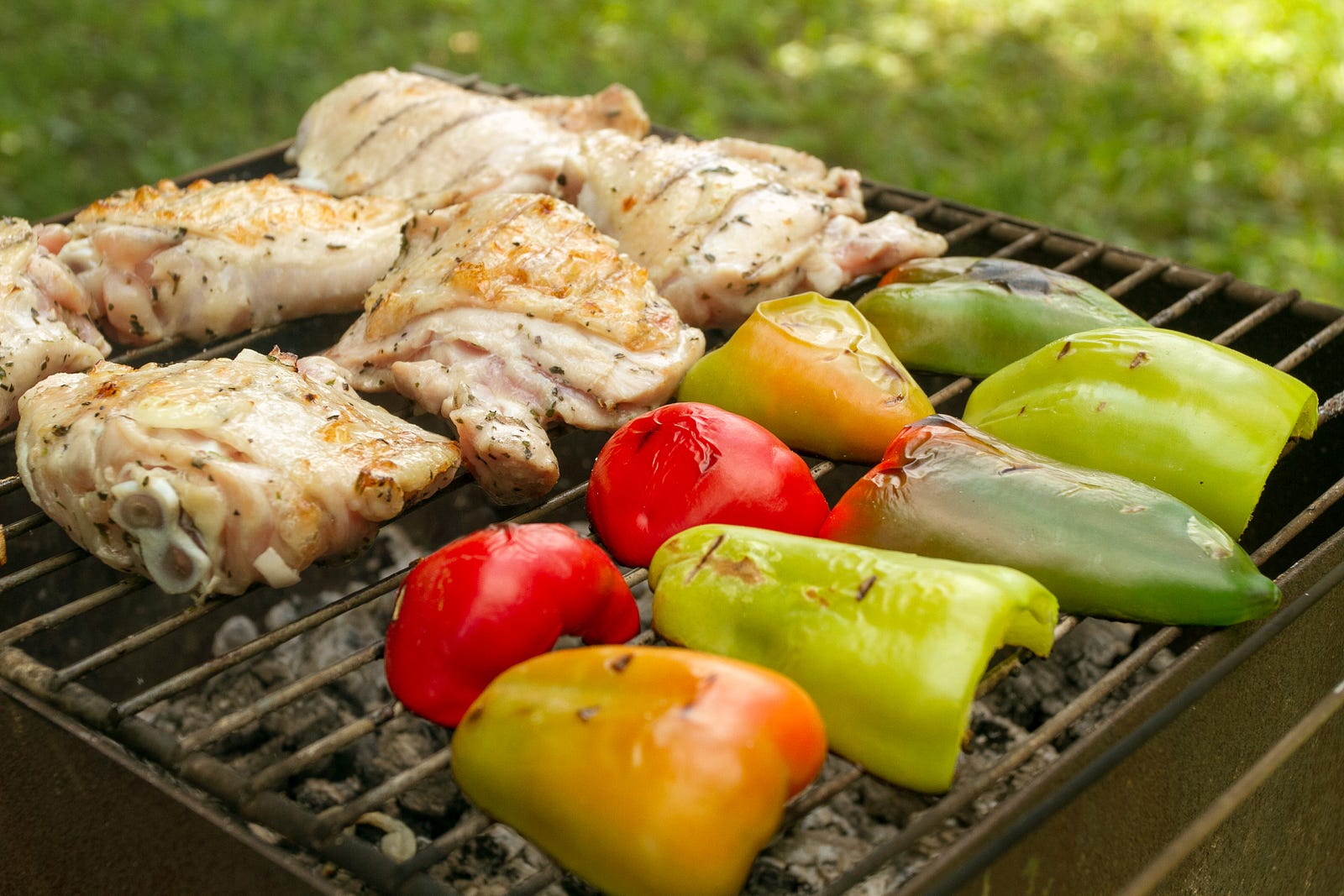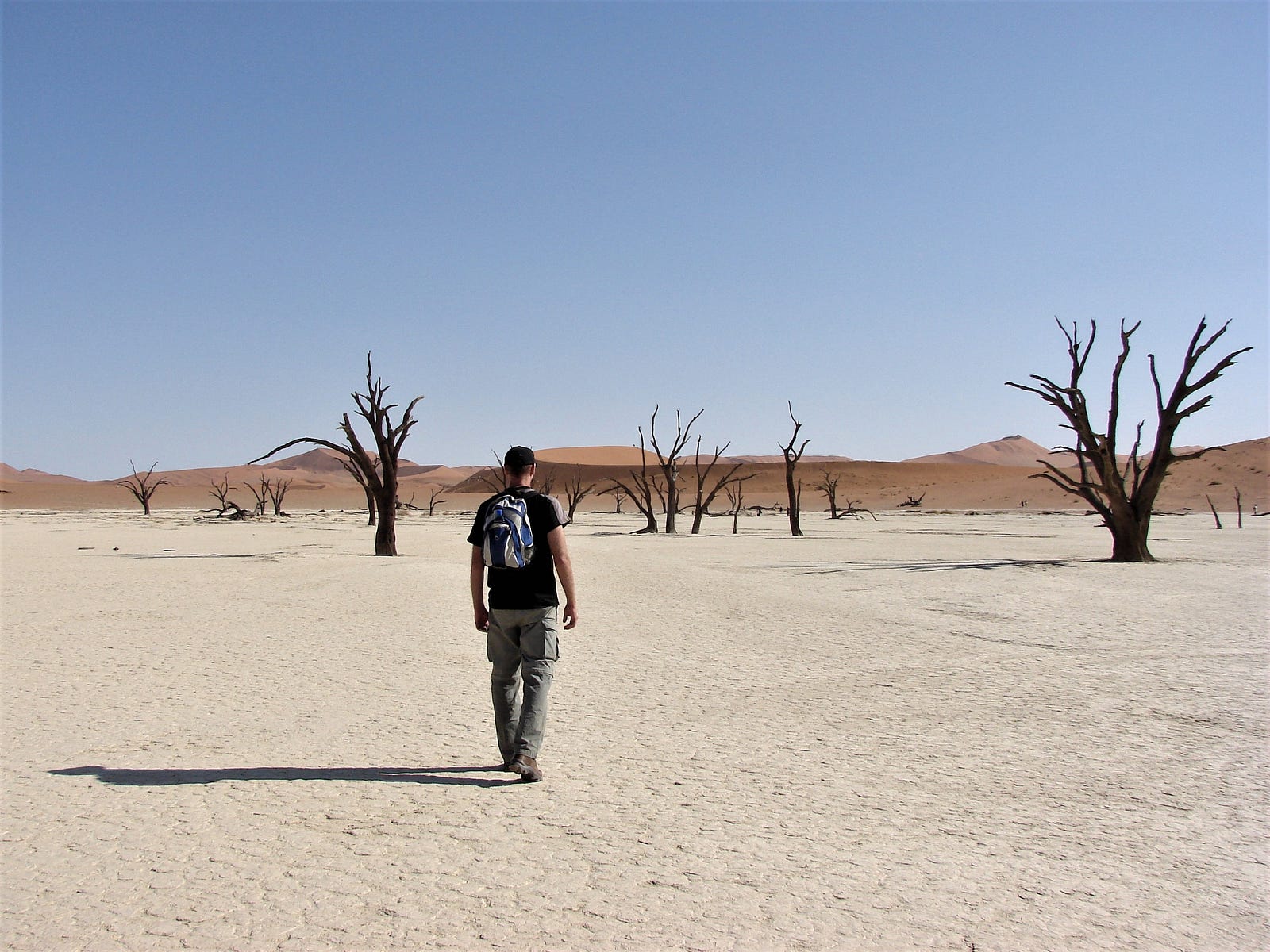How much weight can you lose on keto?
You might not know how much weight you can lose if you are starting out on the keto diet.
Some people claim that they lost a bunch of weight, whereas other people gained weight on keto.
In this post, we will discuss how much weight you can realistically lose on keto over a six month period.
How Does Keto Work?
In keto, the body will enter ketosis, in which it can burn its own fat for fuel. You can easily lose weight on the keto diet without being hungry or tired because using its own fat for fuel.
During ketosis, the body uses ketones as its primary source of energy rather than relying on glucose.
According to current research, ketosis can also help reduce blood pressure.
People who have low insulin levels in the body have been shown to eat less, which is also linked to weight loss.
Some people may choose to follow the ketogenic diet in order to have better control over blood glucose levels, blood pressure, hunger, or to enhance brain function.
In addition to its weight loss benefits, the keto diet is becoming more and more popular as a way of improving aging health and well-being by reducing chronic inflammation, increasing vitality and energy, improving digestion, and reducing stress.

How to Lose Weight on Keto
You must eat in a calorie deficit and stay under your net carb limit of 50 grams daily to lose weight on the keto diet.
50 grams or less of net carbs is all you need to stay in ketosis.
What Are Net Carbs?
The amount of total carbs minus the amount of fiber and artificial sweeteners is net carbs.
Fiber and artificial sweeteners have no calories, so they don’t increase insulin.
Therefore, most people count net carbs instead of total carbs.

How Do I Stay In a Caloric Deficit on Keto?
On a ketogenic diet, it is simple to maintain a caloric deficit since you will be very satisfied eating the food you consume. Just avoid eating frequently and you’ll maintain a caloric deficit on keto easily.
You may want to experiment with intermittent fasting if you’re still not losing weight.
With intermittent fasting, you would have to eat less frequently and your calories would be automatically lower, but you would still be satisfied with your hunger and energy levels.
This because whenever you fast or go into a deeper state of ketosis, then your body can use its own fat for energy.
This means that you won’t be nearly as hungry compared to other diets.
How Much Weight Can You Lose the First Week on Keto?
You can expect to lose around 1 to 2 pounds of fat per week on keto. However, the first week on keto may result in as much as 10 pounds of weight loss, as your body eliminates a lot of water weight.
When you stop eating carbs, the liquid that was stuck with them also drains out.
On my first week on keto, I lost 10 pounds, but only 1 to 2 pounds of it was fat. The other 8 pounds was just water.
During the proceding weeks, I lost 1 to 2 pounds per week, but all of it was fat.

How Much Weight Can You Lose On Keto In 6 Months?
You can expect to lose around 30 – 60 pounds your first six months on keto. In the first week, you’d lose about 10 pounds of fluid, but most of it would be water since you’d stopped consuming carbs. However, after that, you’d lose around 1 – 2 pounds of fat per week.
If you aren’t losing weight fast enough, combine keto with intermittent fasting.
If you want to lose weight even faster after adding intermittent fasting to keto, increase the intensity of your keto & fasting routine by eating less carbs & fasting for longer periods.
Instead of eating for 18 hours of the day and fasting for the other 6 hours, like with traditional intermittent fasting, try eating just once daily.
How to Break a Keto Weight Loss Plateau
Intermittent fasting and OMAD are both effective weight loss approaches that can help you break a weight loss plateau on keto. Fasting has the effect of lowering your insulin level and encouraging you to consume less throughout the day, so it would break your keto weight loss plateau.
On a keto diet, you’ll lose weight fast, but after the first few pounds, you’ll likely encounter a weight loss plateau.
Eventually, if you continue eating the same foods, your metabolic rate will decrease, causing you to stop losing weight.
If your insulin levels drop as a result of fasting plus a keto diet, you’ll be inclined to eat less throughout the day, breaking your keto weight loss plateau with ease.
I personally started out with just doing a keto diet, but then I start adding fasting, and progressively made the fasting more intense, and then I lost all the way I needed to.

Intermittent Fasting
With intermittent fasting, you eat for a certain period of the day, for example eight hours a day, and then you don’t eat for the rest of the day. To simplify it, you just skip one meal, like breakfast or dinner. This helps you lower your insulin and reduces the overall amount of food you eat in the day, leading to benefits like weight loss.
Intermittent fasting reduces the amount of calories you consume daily because you have less time overall to eat.
Eating less often may help lower your insulin and make you lose weight.
If you do just keto or just intermittent fasting, you’ll hit a plateau quickly.
But, when you follow intermittent fasting and keto, you will lose weight for a longer period of time.
Once you begin the keto diet and intermittent fasting regimen, you can then perform one-meal-a-day (OMAD) fasting to lose weight faster or if you hit another wall.
OMAD Fasting
OMAD fasting is a fasting method in which you eat one meal daily. Using this technique, you can decrease insulin and eat less calories without feeling hungry. Furthermore, you can reach a deeper level of ketosis.
OMAD is basically a more intense version of intermittent fasting.

Prolonged Dry Fasting
During prolonged dry fasting, you don’t eat food or drink water for multiple days.
After you’ve done OMAD and keto, you’ll be prepared for the ‘final boss’ of keto weight loss.
When you’re dehydrated, your body can combine the hydrogen from your fat with the oxygen you breathe to create H²O — water.
So, you not only burn calories from not eating, you also use your fat as water.
This is why you burn more calories during a prolonged dry fast than a water fast.
Camels can live in the desert because the humps on their backs are fat.
When they breathe oxygen, the hydrogen in their fat combines with the oxygen in the air to produce water.
You can burn up to a pound of fat per day during prolonged dry fasting, plus shed up to a pound of excess water daily.
Physical Activity
All of the weight I needed to lose was accomplished simply by eating ketogenic and fasting.
But, you can also add a physical activity routine to your life if you want to lose weight faster.
Weightlifting, my favorite type of exercise, can simultaneously boost your muscle gains and caloric expenditure.
It has been proven that exercising can reduce hunger signals and can make weight loss easier.
But always remember that exercising is mostly for overall health, not weight loss. One cookie shouldn’t equate to hours of cardio.
To lose weight, you must eat less, not exercise. The calories burned by exercising are insignificant, so you must eat less often with fasting & less carbs with keto.
But, exercising is still a healthy habit that will make your muscles, heart, & bones healthier.

Conclusion
On average, you can expect to lose 30 – 60 pounds during your first six months on keto. If you hit a plateau, you can start fasting on top of keto. I suggest going from intermittent fasting to OMAD fasting, and then finally to prolonged dry fasting.
If you’re doing keto but find that you’re still hungry, you can read my article here detailing why you are hungry on a low-carb eating plan and exactly how to stop being hungry on keto.
- Can You Still Lose Weight If You Aren’t in Ketosis? - February 8, 2023
- Can the Keto Diet Help With Depression? - February 8, 2023
- Why Does Processed Food Make You Fat? - January 2, 2023




